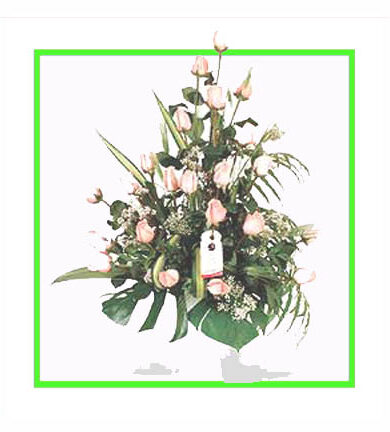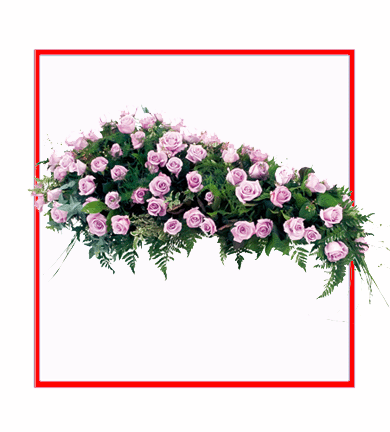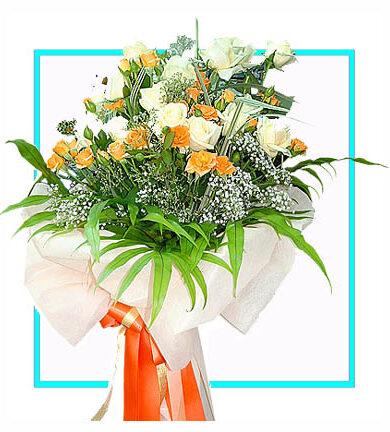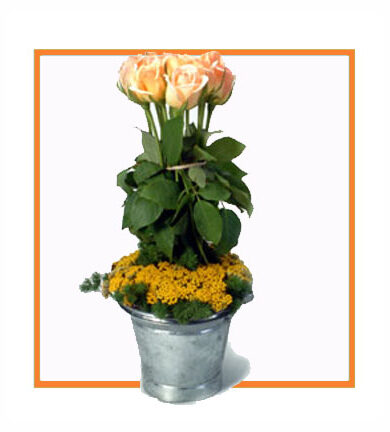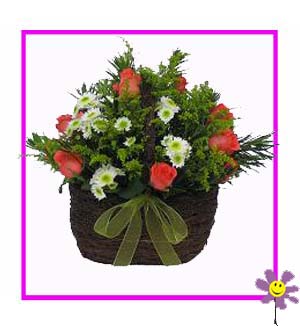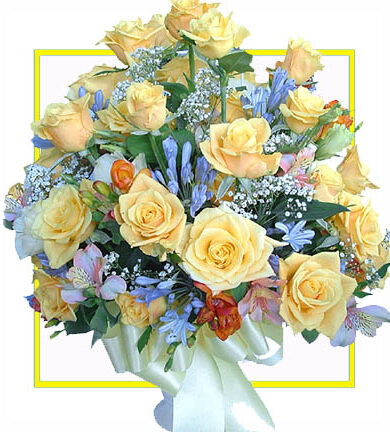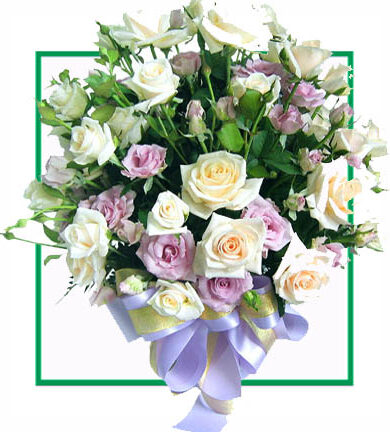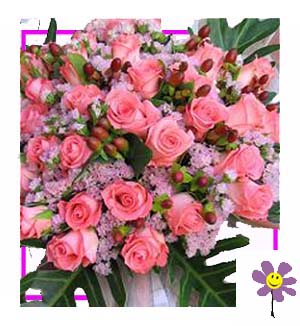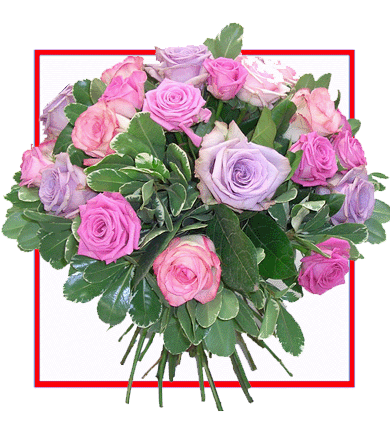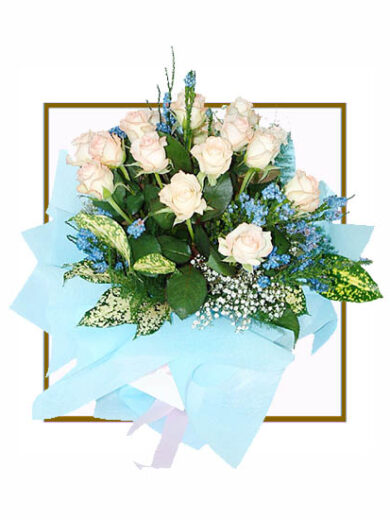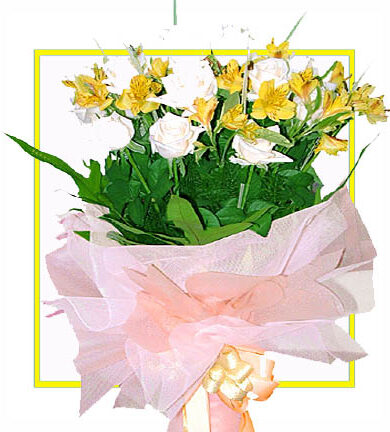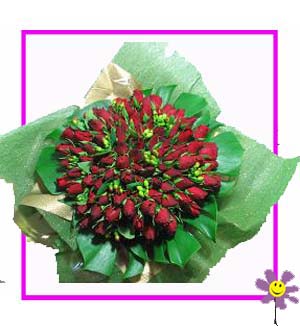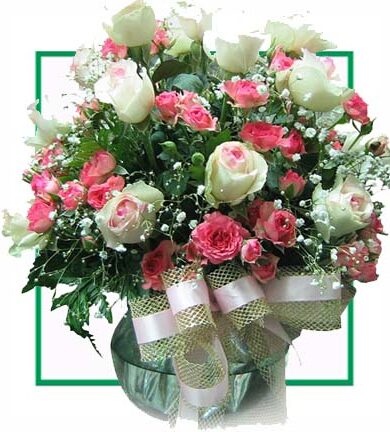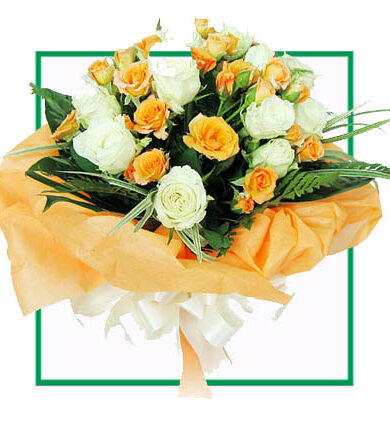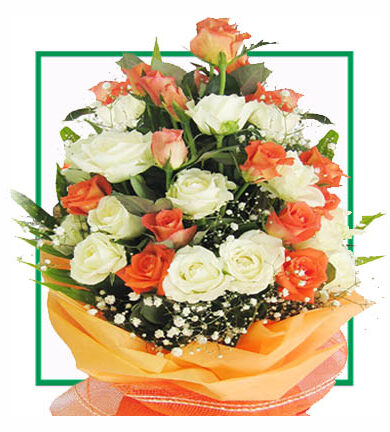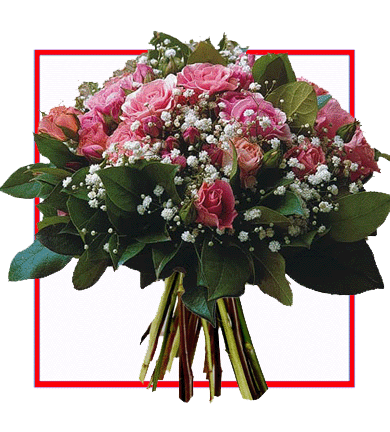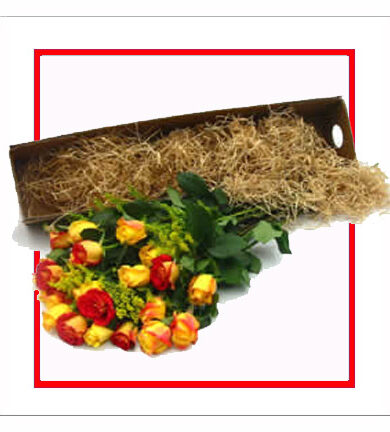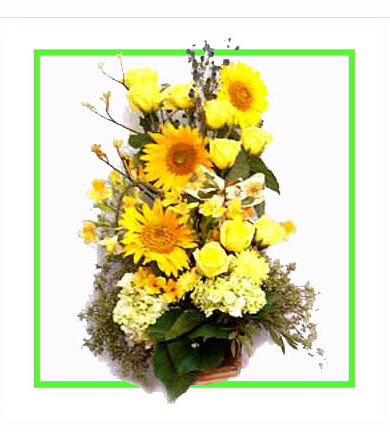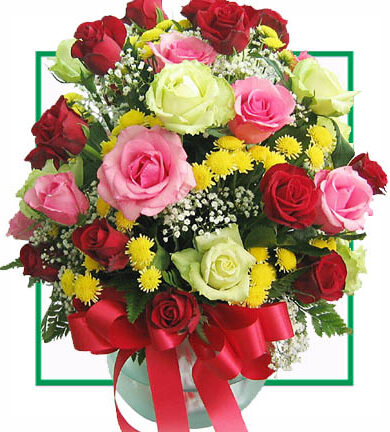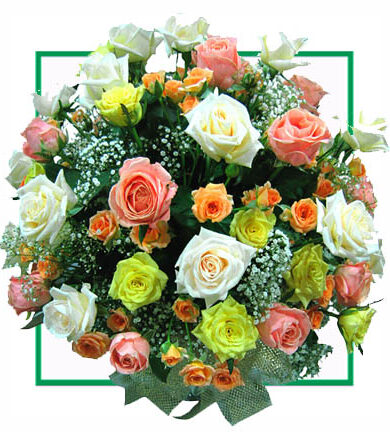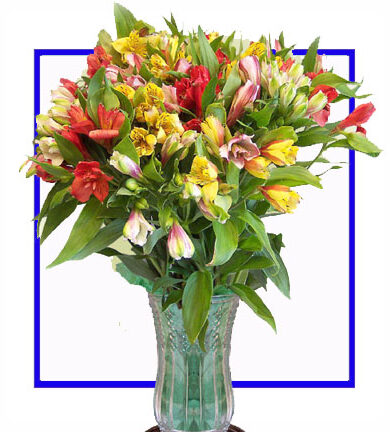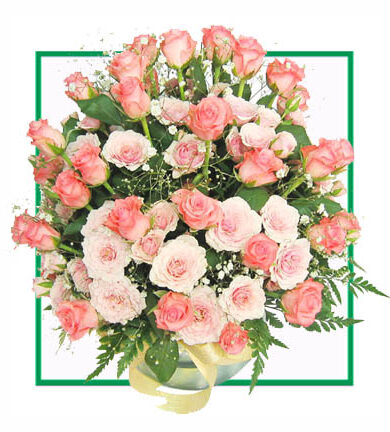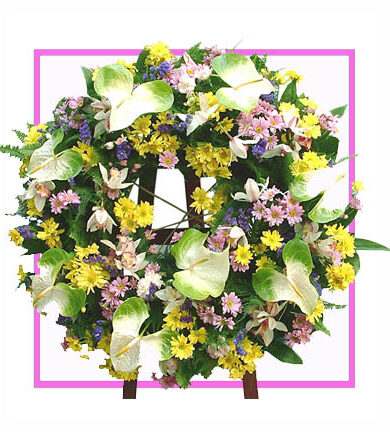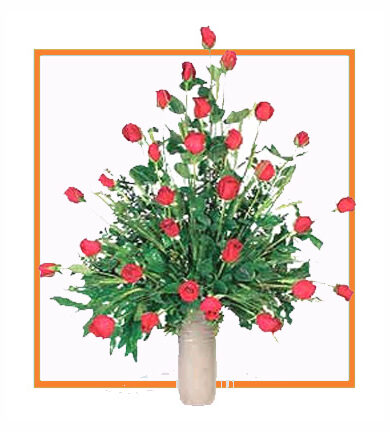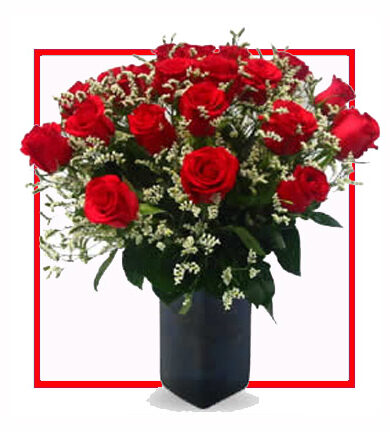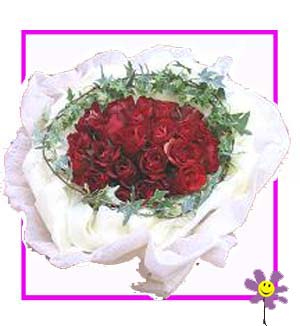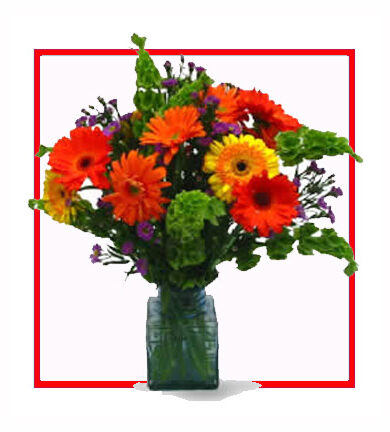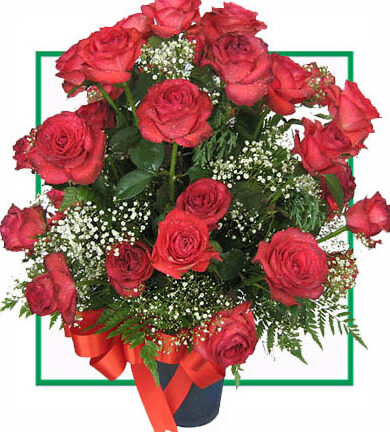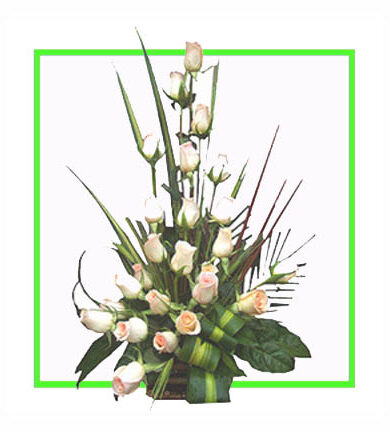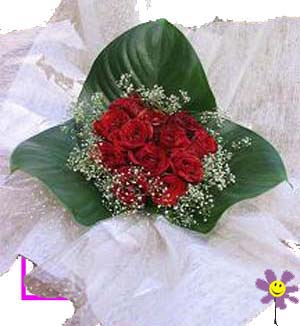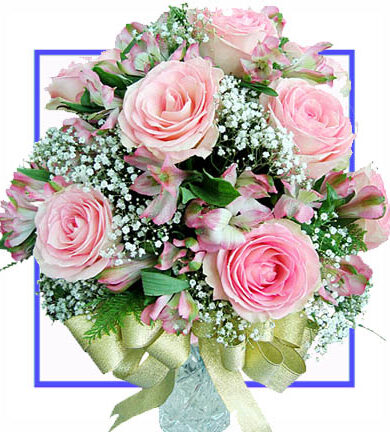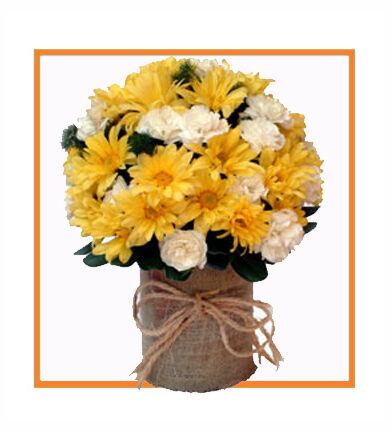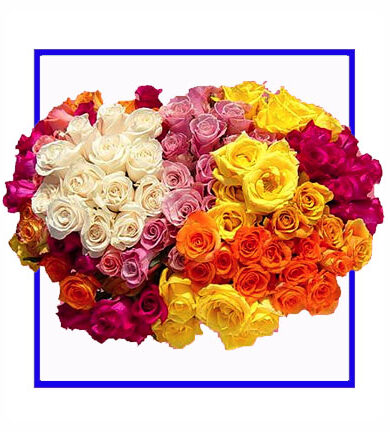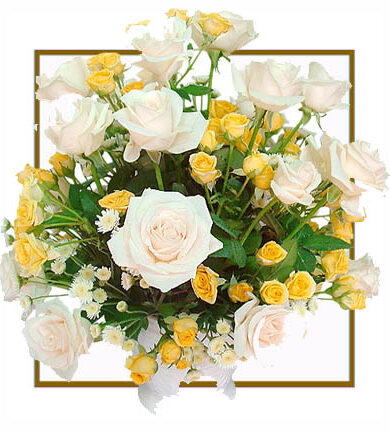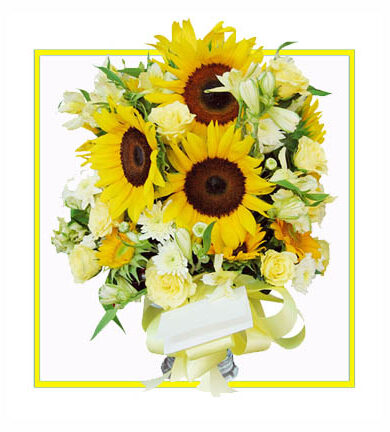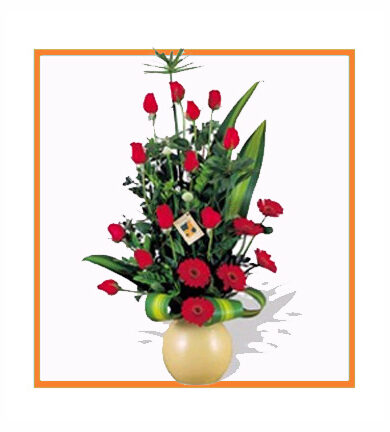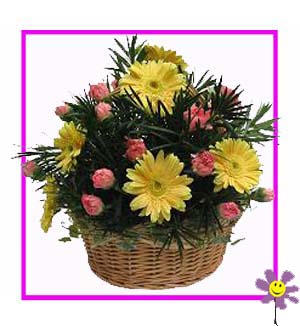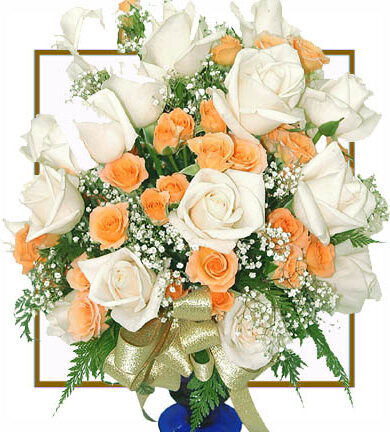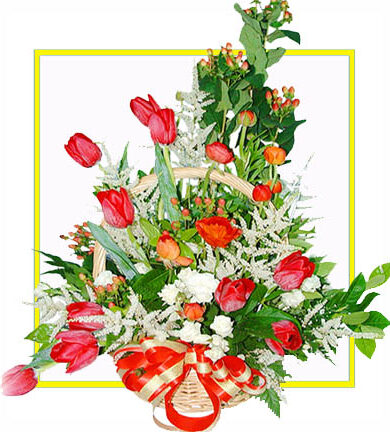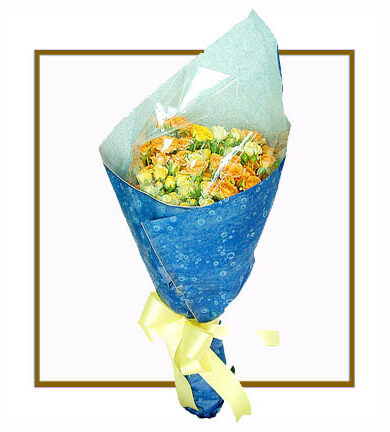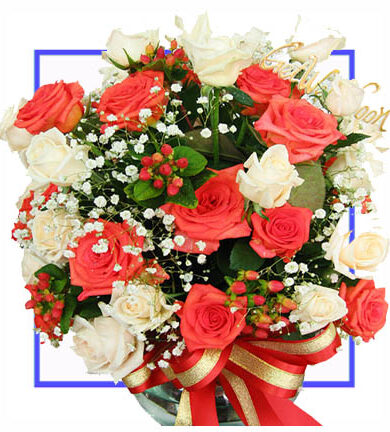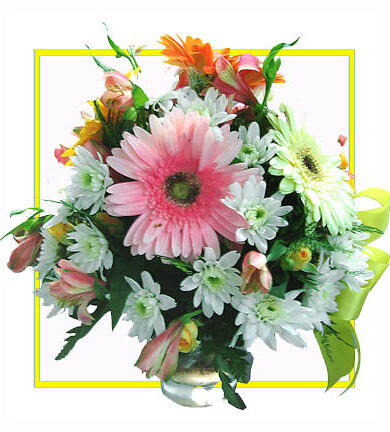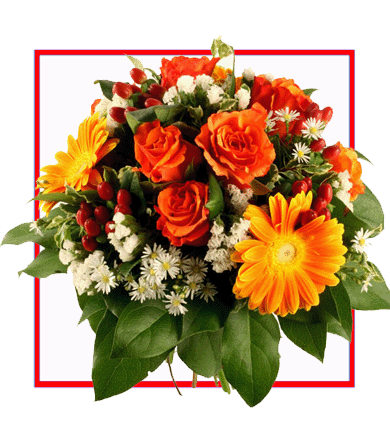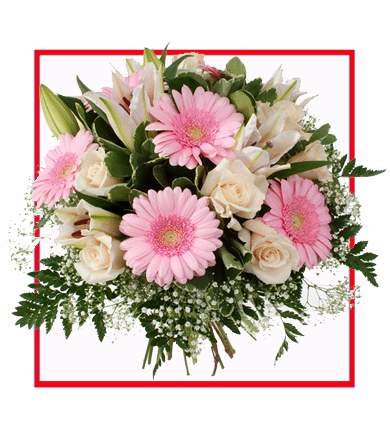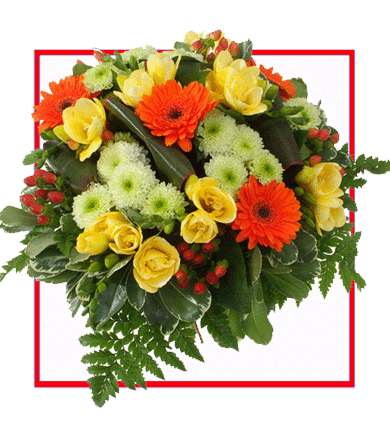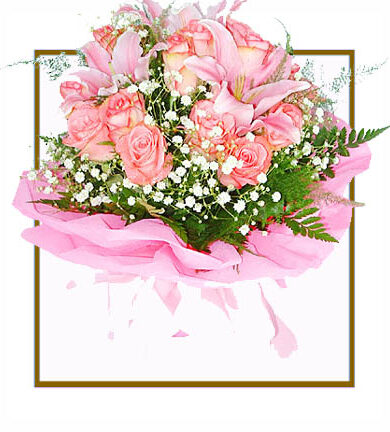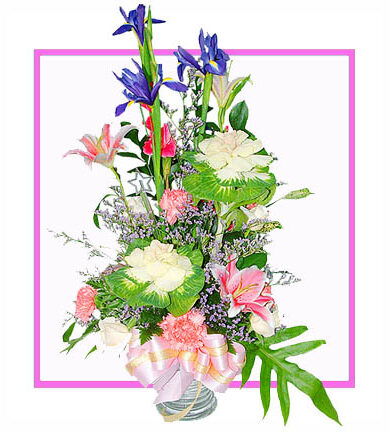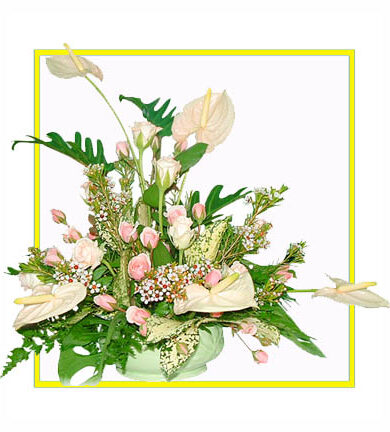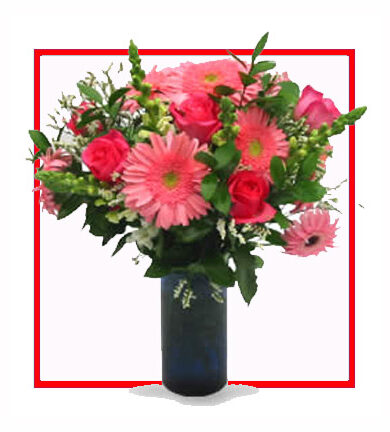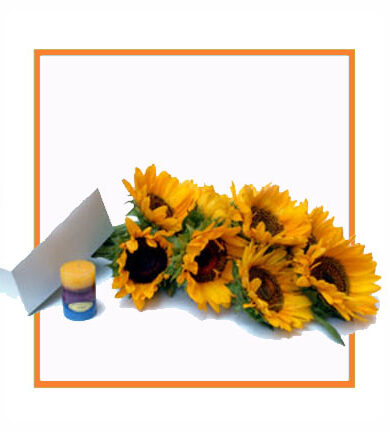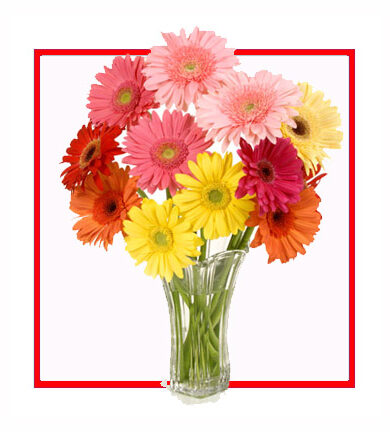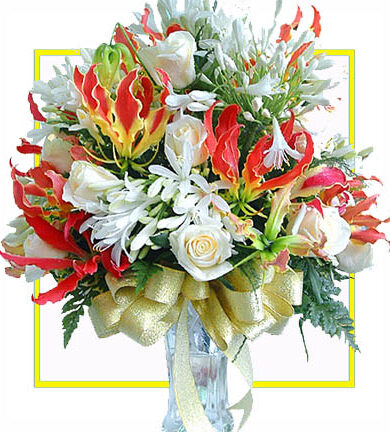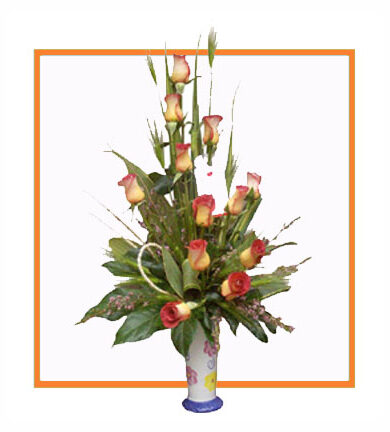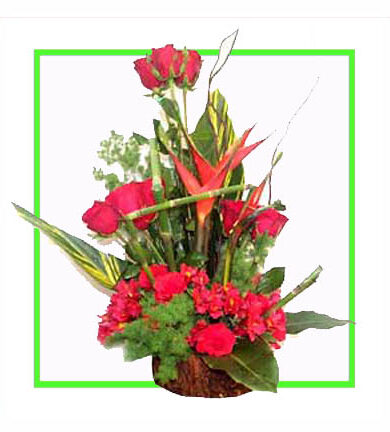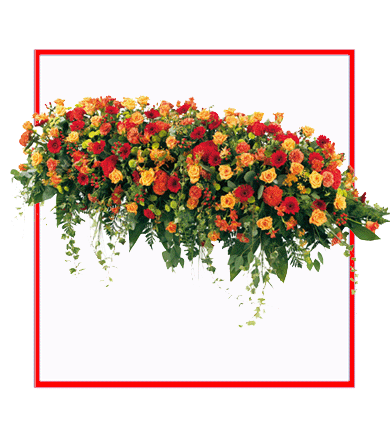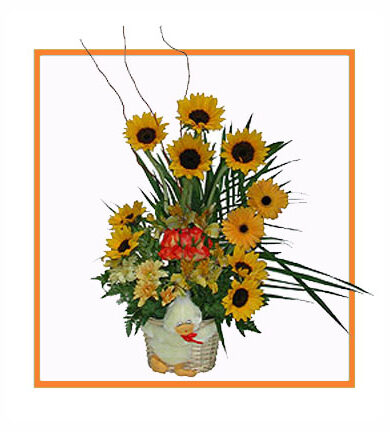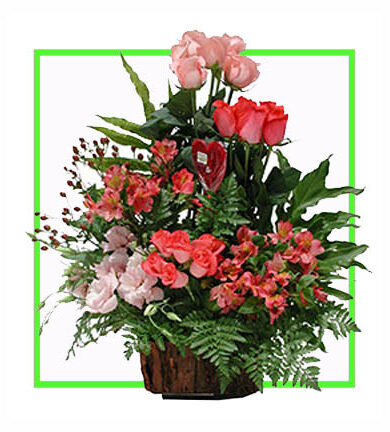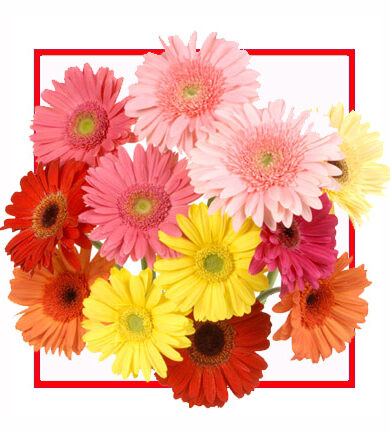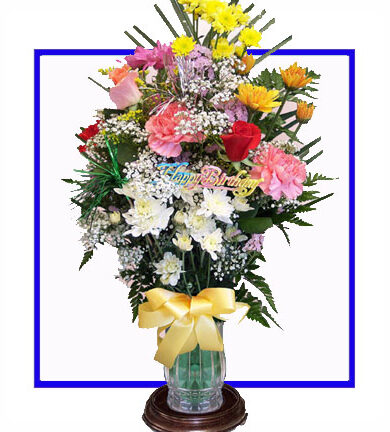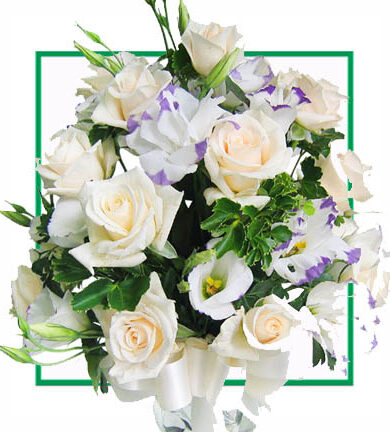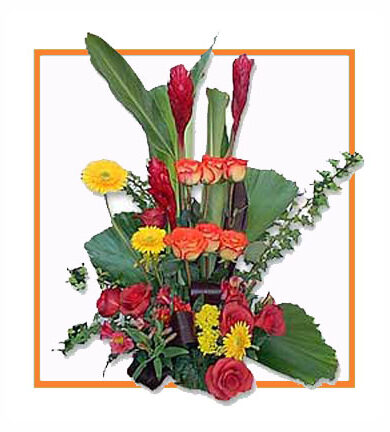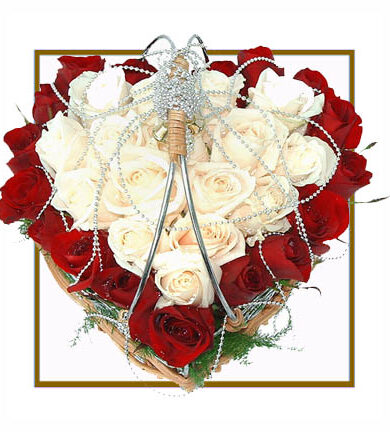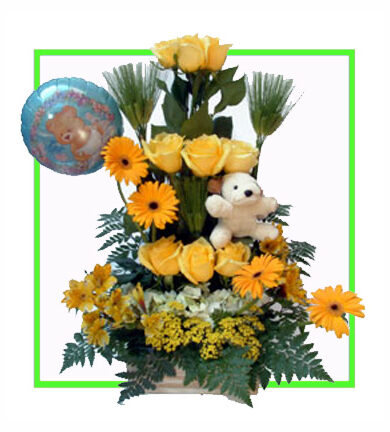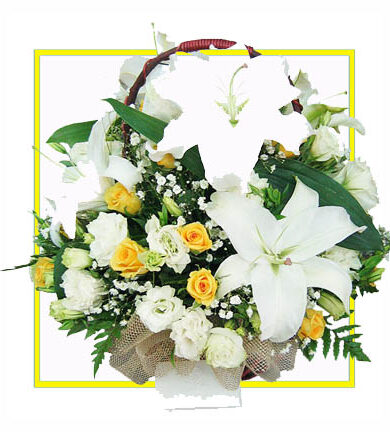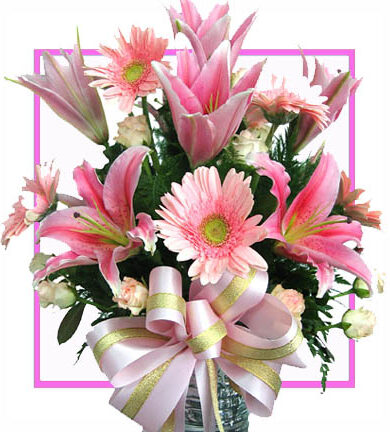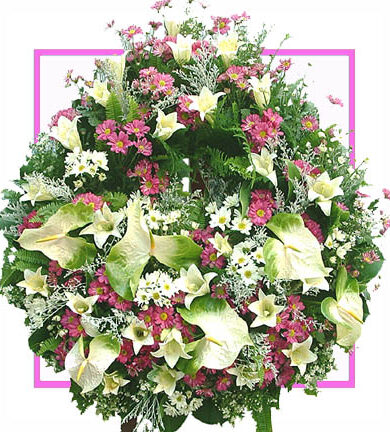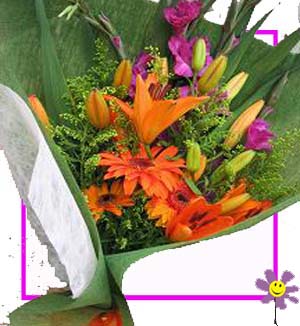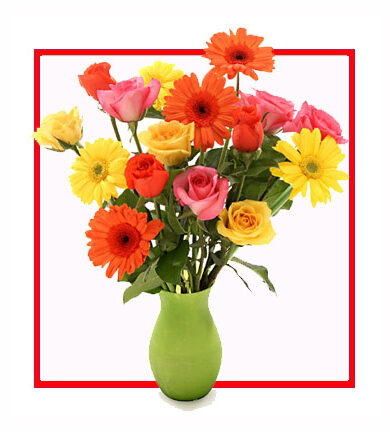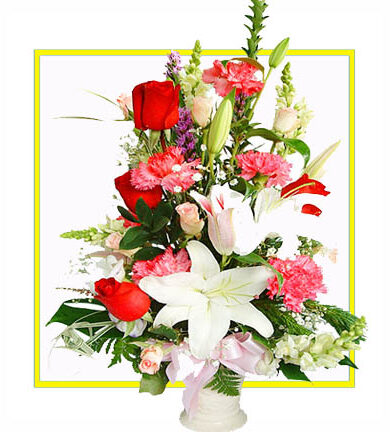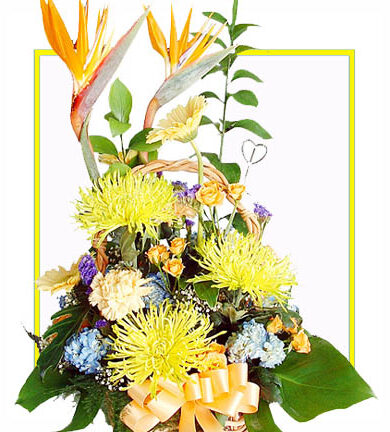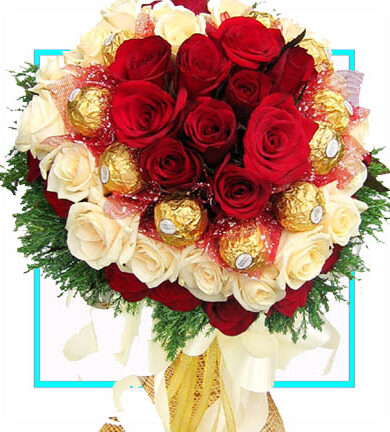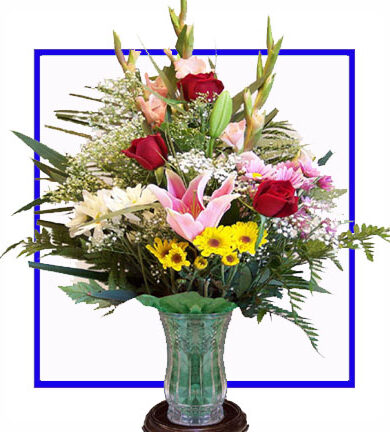At the heart of the city is the magnificent Rashtrapati Bhavan (formerly known as Viceroy’s House) which sits atop Raisina Hill. The Secretariat, which houses various ministries of the Government of India, flanks out of the Rashtrapati Bhavan. The Parliament House, designed by Herbert Baker, is located at the Sansad Marg, which runs parallel to the Rajpath. The Connaught Place is a large, circular commercial area in New Delhi, modelled after the Royal Crescent in England. Twelve separate roads lead out of the outer ring of Connaught Place, one of them being the Janpath. |
Auto rickshaws are a popular means of public transportation in Delhi, as they charge a lower fare than taxis. Most run on Compressed natural gas and are yellow and green in colour. Taxis are not an integral part of Delhi public transport, though they are easily available. Private operators operate most taxis, and most neighbourhoods have a taxi stand from which taxis can be ordered or picked up. In addition, air-conditioned radio taxis, which can be ordered by calling a central number, have become increasingly popular, charging a flat rate of 15 per kilometre. |
The head of state of Delhi is the Lieutenant Governor of Union Territory of Delhi, appointed by the President of India on the advice of the Central government and the post is largely ceremonial, as the Chief Minister of Union Territory of Delhi is the head of government and is vested with most of the executive powers. According to the Indian constitution, if a law passed by Delhi’s legislative assembly is repugnant to any law passed by the Parliament of India, then the law enacted by the parliament shall prevail over the law enacted by the assembly. |
Indira Gandhi International Airport (DEL) is the primary aviation hub of Delhi. In 2011-2012, the airport recorded a traffic of more than 35 million passengers, making it the busiest airport in the country and also making it one of the busiest airports in South Asia. New US$1.93 billion Terminal 3 will handle an additional 34 million passengers annually. Further expansion programs will allow the airport to handle more than 100 million passengers per annum by 2020.Safdarjung Airport is the other airfield in Delhi used for general aviation purpose. |
The foundation stone of the city was laid on 15 December 1911. It was planned by two leading 20th-century British architects, Sir Edwin Lutyens and Sir Herbert Baker. The new Capital was christened “New Delhi” in 1927, and subsequently inaugurated on 13 February 1931, by British India’s Viceroy Lord Irwin. On 12 December 2011, New Delhi celebrated 100 years of capitalship, making it another landmark year in the long history of the region of Delhi. New Delhi is home to two UNESCO World Heritage Sites: Humayun’s Tomb and the Qutub complex. |
Connaught Place, one of North India’s largest commercial and financial centres, is located in the northern part of New Delhi. Adjoining areas such as Barakhamba Road, ITO are also major commercial centres. Government and quasi government sector was the primary employer in New Delhi. The city’s service sector has expanded due in part to the large skilled English-speaking workforce that has attracted many multinational companies. Key service industries include information technology, telecommunications, hotels, banking, media and tourism. |
New Delhi is known as the microcosm of India and is leading world’s top global cities with strengths in the arts, commerce, education, entertainment, fashion, finance, healthcare, media, professional services, research and development, tourism and transport all contributing to its prominence. The metropolitan area is largest in the country with a population of more than 21 million. The urban agglomeration is the 7th largest in the world with a population of 23 million people. The metropolis has the highest urban spread in the country. |
Religious festivals include Diwali (the festival of light), Maha Shivaratri, Teej, Guru Nanak Jayanti, Baisakhi, Durga Puja, Holi, Lohri, Eid ul-Fitr, Eid ul-Adha, Christmas and Mahavir Jayanti. The Qutub Festival is a cultural event during which performances of musicians and dancers from all over India are showcased at night, with the Qutub Minar as the chosen backdrop of the event. Other events such as Kite Flying Festival, International Mango Festival and Vasant Panchami (the Spring Festival) are held every year in Delhi. |
Indira Gandhi International Airport (DEL) is situated in the western corner of Delhi and serves as the main gateway for the city’s domestic and international civilian air traffic. In 2006–07, the airport recorded a traffic of more than 23 million passengers, making it one of the busiest airports in South Asia. A new US$1.93 billion Terminal 3 handles an additional 34 million passengers annually in 2010. Further expansion programs will allow the airport to handle more than 100 million passengers per annum by 2020. |
Northern Peripheral Road road is being developed under the public private partnership (PPP) model. This stretch will connect Dwarka with National Highway 8 at Kherki Dhaula and will pass Pataudi Road. The NPR stretch has been planned as an alternate link road between Delhi and Gurgaon, and is expected to ease the traffic situation on the Delhi-Gurgaon Expressway. The road will also provide connectivity to the much-touted Reliance-HSIIDC SEZ besides the Garhi Harsaru dry depot. |
New Delhi is home to several historic sites and museums. The National Museum which began with an exhibition of Indian art and artefacts at the Royal Academy in London in the winter of 1947–48 was later at the end was shown at the Rashtrapati Bhawan in 1949. Later it was to form a permanent National Museum. On 15 August 1949, the National Museum was formally inaugurated and currently has 200,000 works of art, both of Indian and foreign origin, covering over 5,000 years. |
According to Mercer, New Delhi is the most expensive city in India for expatriates in terms of cost of living, figuring 113th in the list of 214 cities. Reflecting the growing global economic clout of the Asian region, have been ranked among the 75 top centres of commerce in the world. The World Cities Study Group at Loughborough University rated New Delhi as an “alpha- world city”. In 2011, Knight Frank’s world city survey ranked it 37th globally. |
Public transport in Delhi is provided by buses, auto rickshaws and a metro rail system. Buses are the most popular means of transport catering to about 60% of the total demand. The state-owned Delhi Transport Corporation (DTC) is a major bus service provider for the city. The DTC operates the world’s largest fleet of environment-friendly CNG buses. Delhi BRTS is Bus rapid transit serving the city which runs between Ambedkar Nagar and Delhi Gate. |
Gandhi Smriti in New Delhi is the location where Mahatma Gandhi spent the last 144 days of his life and was assassinated on 30 January 1948. Rajghat is the place where Mahatma Gandhi was cremated on 31 January 1948 after his assassination and his ashes were buried and make it a final resting place beside the sanctity of the Yamuna River. The Raj Ghat in the shape of large square platform with black marble was designed by architect Vanu Bhuta. |
Private vehicles account for 30% of the total demand for transport. At 1922.32 km of road length per 100 km², Delhi has one of the highest road densities in India. Delhi is well connected to other parts of India by five National Highways: NH 1, 2, 8, 10 and 24. Roads in Delhi are maintained by MCD (Municipal Corporation of Delhi), NDMC, Delhi Cantonment Board, Public Works Department (PWD) and Delhi Development Authority. |
The National Geographic’s Traveler Magazine describes it as “one of the Ultimate Cities of a Lifetime to visit and explore.” In a report jointly prepared by Institute for Competitiveness and Confederation of Indian Industry, the city is listed as the best to live in India. The city of New Delhi is also known for its wide, tree-lined boulevards and is home to numerous national institutions, museums and landmarks. |
New Delhi i/’nju? d?li/ is the capital of the Republic of India, and the seat of executive, legislative, and judiciary branches of the Government of India. It also serves as the centre of the Government of the National Capital Territory of Delhi. New Delhi is situated within the metropolis of Delhi and is one of the eleven districts of Delhi National Capital Territory. |
The city is home to numerous international organisations. The Asian and Pacific Centre for Transfer of Technology of the UNESCAP servicing the Asia-Pacific region is headquartered in New Delhi. New Delhi is home to most UN regional offices in India namely the UNDP, UNODC, UNESCO, UNICEF, WFP, UNV, UNCTAD, FAO, UNFPA, WHO, World Bank, IMF, UNIFEM, IFC and UNAIDS. |
It took about 20 years to build the city from 1911. Many elements of New Delhi architecture borrow from indigenous sources; however, they fit into a British Classical/Palladian tradition. The fact that there were any indigenous features in the design were due to the persistence and urging of both the Viceroy Lord Hardinge and historians like E.B. Havell. |
The city hosted the 2010 Commonwealth Games and annually hosts Delhi Half Marathon foot-race. The city has previously hosted the 1951 Asian Games and the 1982 Asian Games. New Delhi was interested in bidding for the 2019 Asian Games but was turned down by the government on August 2, 2010 amid allegations of corruption in 2010 Commonwealth Games . |
The New Delhi town plan, like its architecture, was chosen with one single chief consideration: to be a symbol of British power and supremacy. All other decisions were subordinate to this, and it was this framework that dictated the choice and application of symbology and influences from both Hindu, Buddhist and Islamic architecture. |
New Delhi is governed through a municipal government, known as the New Delhi Municipal Council (NDMC). Other urban areas of the metropolis of Delhi are administered by the Municipal Corporation of Delhi (MCD). However, the entire metropolis of Delhi is commonly known as New Delhi in contrast to Old Delhi. |
New Delhi is home to Indira Gandhi Memorial Museum, National Gallery of Modern Art, National Museum of Natural History, National Rail Museum, National Handicrafts and Handlooms Museum, National Philatelic Museum, Nehru Planetarium, Shankar’s International Dolls Museum. and Supreme Court of India Museum. |
Hinduism is the religion of 83.8% of New Delhi’s population. There are also large communities of Muslims (6.3%), Sikhs (5.4%), Jains (1.1%) and Christians (0.9%) in Delhi. Other religious groups (2.5%) include Parsis, Buddhists and Jews. Hindi and Punjabi are the main spoken languages in New Delhi. |
As of 2005, the government structure of the New Delhi Municipal Council includes a chairperson, three members of New Delhi’s Legislative Assembly, two members nominated by the Chief Minister of National Capital Territory of Delhi (NCT) and five members nominated by the central government. |
Jantar Mantar located in Connaugth Place was built by Maharaja Jai Singh II of Jaipur. It consists of 13 architectural astronomy instruments. The primary purpose of the observatory was to compile astronomical tables, and to predict the times and movements of the sun, moon and planets. |
Delhi was laid out to the south of the Old City which was constructed by Mughal Emperor Shah Jahan. However, New Delhi overlies the site of seven ancient cities and hence includes many historic monuments like the Jantar Mantar, Humayun Tomb, Qila Rai Pithora and the Lodhi Gardens. |
The India Gate built in 1931 was inspired by the Arc de Triomphe in Paris. It is the national monument of India commemorating the 90,000 soldiers of the Indian Army who lost their lives while fighting for the British Raj in World War I and the Third Anglo-Afghan War. |
Qutub Minar constructed with red sandstone and marble, and is the tallest minaret in India, with a height of 72.5 meters (237.8 ft), contains 379 stairs to reach the top, and the diameter of base is 14.3 meters where as the last store is of 2.7 meters. |
The Rajpath which was built similar to the Champs-Élysées in Paris is the ceremonial boulevard for the Republic of India located in New Delhi. The annual Republic Day parade takes place here on 26 January. |
Major sporting venues in New Delhi include the Jawaharlal Nehru Stadium, Ambedkar Stadium, Indira Gandhi Indoor Stadium, Feroz Shah Kotla Ground, Dhyan Chand National Stadium and Siri Fort Sports Complex. |
Perfect flowers to express your emotionsShop Now

